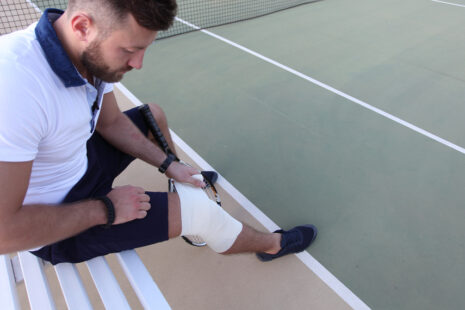Experiencing increased neck pain after physical therapy can be concerning, but it is not uncommon and can have several possible reasons. It’s essential to understand that physical therapy, especially in the initial stages of treatment, can sometimes cause temporary discomfort or exacerbate existing symptoms before improvement occurs.
Here are some potential reasons your neck may hurt more after physical therapy…
- Muscle Soreness – Physical therapy often involves targeted exercises and manual techniques to address specific issues in the neck and surrounding muscles. As a result, the muscles may experience some soreness or fatigue as they are worked in new ways.
- Releasing Tension – During physical therapy, the therapist may use manual techniques to release tension and tightness in the neck muscles and connective tissues. This process can initially cause discomfort before the muscles adapt and respond positively.
- Realignment of Posture – Correcting poor posture or alignment issues may lead to temporary discomfort as the body adjusts to the new position and muscle imbalances are addressed.
- Trigger Point Release – Trigger points or muscle knots in the neck may be addressed during physical therapy. While releasing these trigger points can ultimately provide relief, the process may cause temporary pain or discomfort.
- Strengthening Weak Muscles – Strengthening weak neck and upper back muscles can initially lead to some soreness as the muscles are activated and work more effectively.
- Temporary Inflammation – Physical therapy techniques, such as manual manipulation or soft tissue mobilization, may temporarily increase blood flow and inflammation in the treated area. This inflammation can lead to temporary discomfort.
- Overuse or Intensity – Engaging in additional physical activities or exercises outside of physical therapy that place extra strain on the neck could contribute to increased pain.
Communicate any concerns or increased pain to your physical therapist. Your therapist can adjust the treatment plan, modify exercises, or provide additional guidance to ensure your comfort and safety during rehabilitation.




